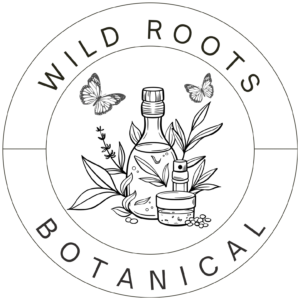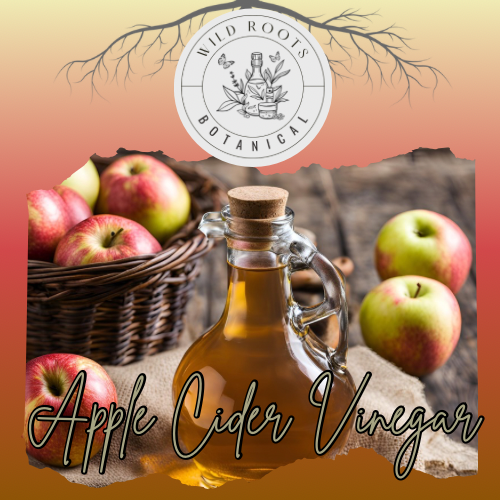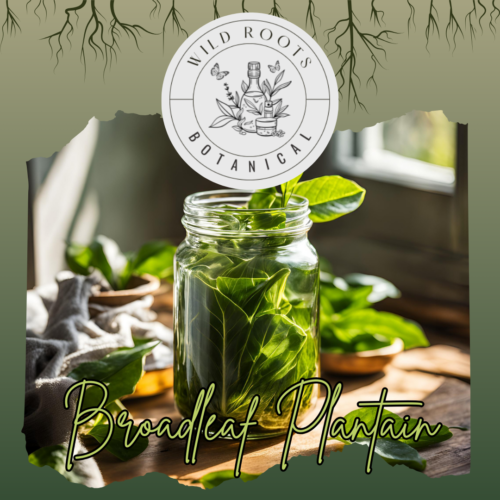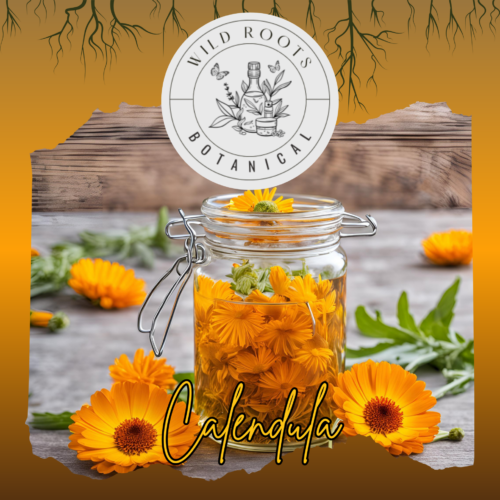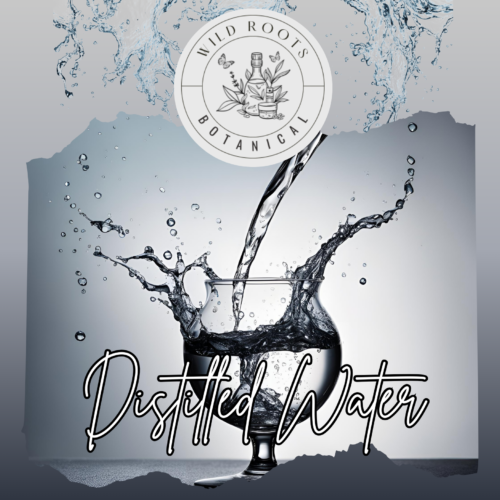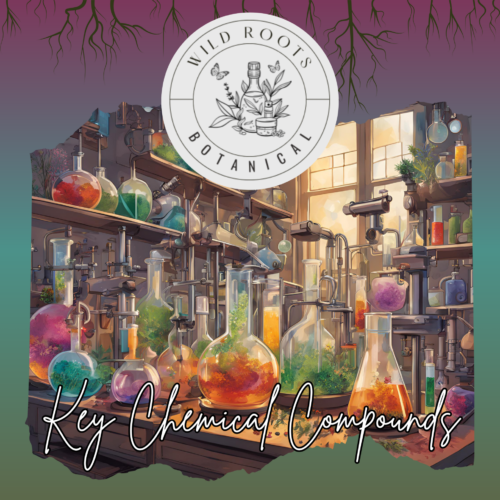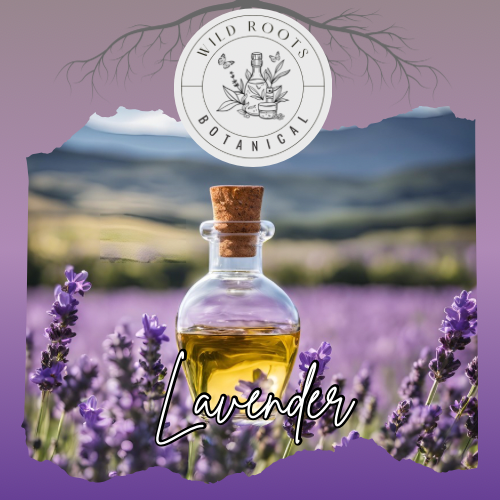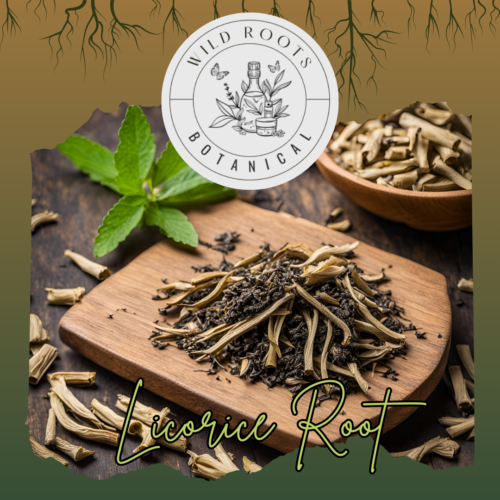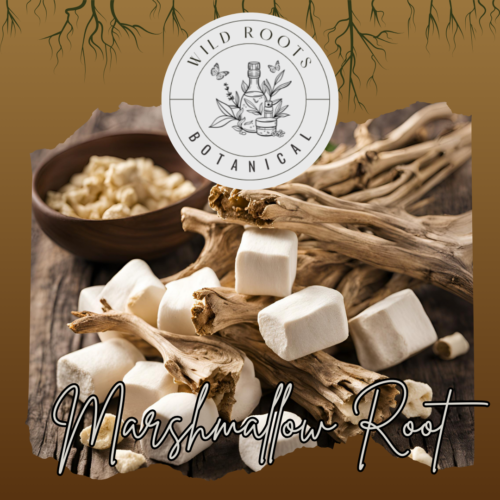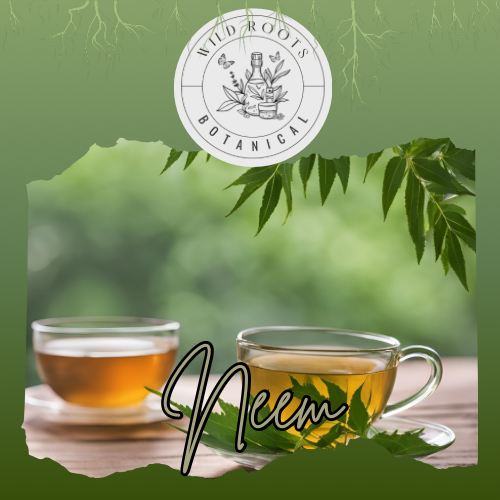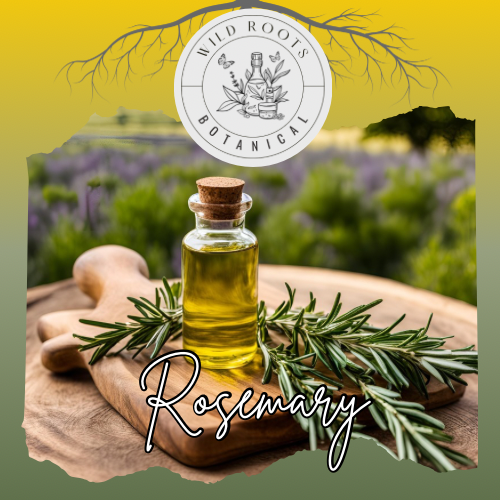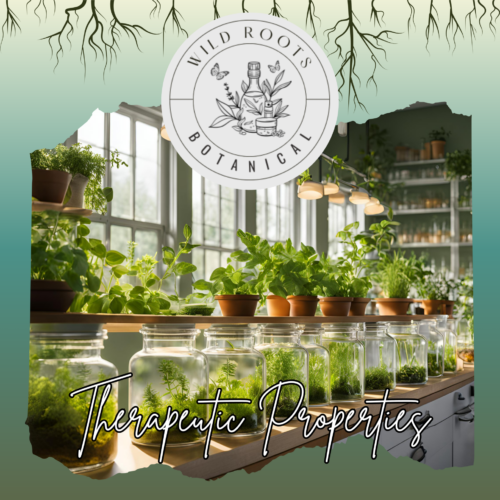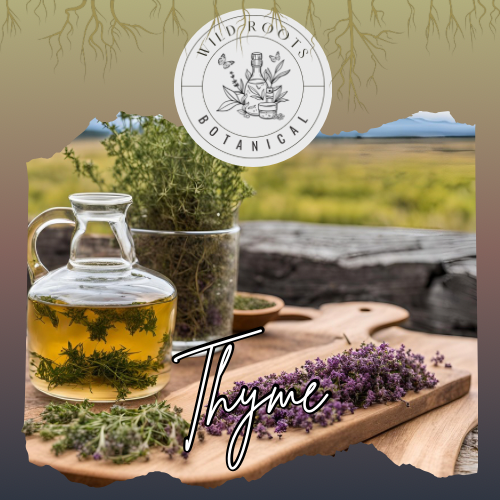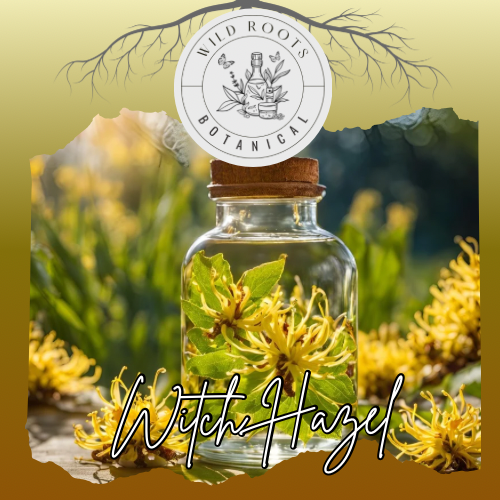Chamomile: The Gentle Healer – A Comprehensive Guide
Introduction
Chamomile, often called the “star of medicinal species,” has been revered for thousands of years for its gentle yet effective healing properties. The two most common varieties, German Chamomile (Matricaria recutita) and Roman Chamomile (Chamaemelum nobile), have earned their place as some of the world’s most widely used medicinal herbs.
Historical Journey
Ancient Origins
The word “chamomile” derives from the Greek words “chamai” (ground) and “melon” (apple), referring to its apple-like scent. Ancient Egyptians dedicated this herb to their sun god Ra, using it in medicines, cosmetics, and embalming oils. The Romans used it for incense and medicinal beverages, while Greek physicians prescribed it for various ailments.
Medieval Period
During the Middle Ages, chamomile was one of the “Nine Sacred Herbs” of the Anglo-Saxons. Monasteries cultivated it extensively, using it for everything from febrifuge (fever reducer) to sleeping aid. It was often strewn on floors during gatherings to release its pleasant fragrance when walked upon.
Scientific Understanding
Chemical Composition
Key active compounds include:
- Flavonoids (apigenin, luteolin)
- Essential oils (chamazulene, bisabolol)
- Terpenoids
- Coumarins
- Phenolic compounds
Evidence-Based Benefits
Relaxation and Sleep
Research has shown:
- GABA receptor modulation
- Mild sedative effects
- Anxiety reduction
- Sleep quality improvement
Anti-inflammatory Properties
Studies demonstrate:
- COX-2 inhibition
- Prostaglandin reduction
- Antioxidant activity
- Immune system modulation
Modern Applications
Medical Uses
Contemporary applications include:
- Sleep enhancement
- Anxiety management
- Digestive health
- Skin conditions
- Menstrual pain relief
Commercial Products
Found in various forms:
- Herbal teas
- Essential oils
- Skin care products
- Hair care items
- Aromatherapy blends
Growing and Harvesting
Cultivation
Both varieties are relatively easy to grow:
- Full sun preference
- Well-draining soil
- Regular watering
- Moderate fertility needs
Harvesting Guidelines
For optimal potency:
- Harvest flowers when fully open
- Pick in morning after dew dries
- Dry in dark, well-ventilated area
- Store in airtight containers
Traditional Uses
Medicinal Applications
Historical uses include:
- Digestive aid
- Sleep promoter
- Wound healing
- Fever reduction
- Menstrual support
Cultural Practices
Traditional uses beyond medicine:
- Hair lightening
- Ritual ceremonies
- Household freshening
- Beer flavoring (particularly in England)
Safety and Precautions
General Safety
While generally safe:
- Start with small amounts
- Watch for allergic reactions
- Avoid if allergic to related plants
- Consult healthcare provider if pregnant
Interactions
May interact with:
- Blood thinners
- Sedative medications
- Hormone therapies
Modern Research
Clinical Studies
Recent research focuses on:
- Sleep improvement mechanisms
- Anxiety reduction pathways
- Gut health benefits
- Skin healing properties
Future Directions
Promising areas include:
- Cancer-fighting potential
- Neurological applications
- Novel extraction methods
- Bioavailability enhancement
Fun Facts
- Peter Rabbit’s mother gave him chamomile tea in Beatrix Potter’s famous tale
- Ancient Egyptians used chamomile in cosmetic preparations for nobility
- The flowers close at night and open in the morning, like daisies
- German chamomile is actually native to Europe and North Africa
Cultural Significance
Historical Importance
- Sacred herb in Egyptian culture
- Viking age medicinal plant
- Medieval monastery gardens staple
- Traditional European folk medicine
Modern Revival
- Growing popularity in wellness movement
- Sustainable agriculture icon
- Natural medicine symbol
- Stress-relief representative
References
- Srivastava, J. K., et al. (2010). “Chamomile: A herbal medicine of the past with bright future.” Molecular Medicine Reports, 3(6), 895-901.
- Singh, O., et al. (2011). “Chamomile (Matricaria chamomilla L.): An overview.” Pharmacognosy Reviews, 5(9), 82-95.
- Amsterdam, J. D., et al. (2009). “A randomized, double-blind, placebo-controlled trial of oral Matricaria recutita (chamomile) extract therapy for generalized anxiety disorder.” Journal of Clinical Psychopharmacology, 29(4), 378-382.
- McKay, D. L., & Blumberg, J. B. (2006). “A review of the bioactivity and potential health benefits of chamomile tea (Matricaria recutita L.).” Phytotherapy Research, 20(7), 519-530.
Traditional Recipes
Calming Tea Blend
Classic relaxation recipe:
- 2 parts chamomile flowers
- 1 part lavender buds
- 1 part lemon balm
- Honey to taste
Skin-Soothing Bath
Traditional therapeutic bath:
- 1 cup chamomile flowers
- 1/2 cup oats
- 1/4 cup lavender
- Muslin bag for steeping
